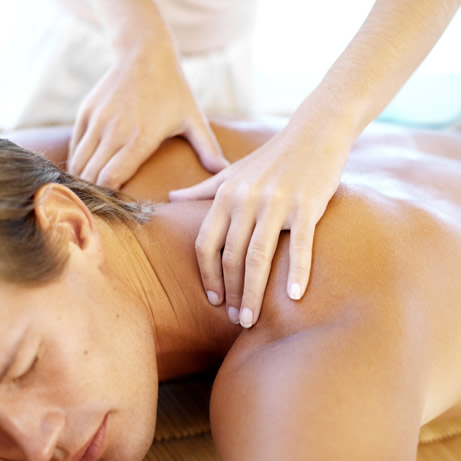 It is estimated that up to 90% of visits to the physician are for stress-related conditions – conditions ranging from high-blood pressure to low back pain. The reduction of stress has become a primary concern for most Americans, and not simply for health reasons, but also to improve workplace productivity, improve relationships and enhance the general quality of life.
It is estimated that up to 90% of visits to the physician are for stress-related conditions – conditions ranging from high-blood pressure to low back pain. The reduction of stress has become a primary concern for most Americans, and not simply for health reasons, but also to improve workplace productivity, improve relationships and enhance the general quality of life.
Massage therapy has been practiced for millennia as a way to reduce stress, balance the body and relax the mind. In modern times, we have a host of methods, philosophies and techniques available to us, and they can be tailored to the needs and preferences of any individual.
Swedish, the most commonly taught and used form in the West, is the quintessential relaxation massage therapy, with long, caressing strokes that ease muscle tension and allow the mind to drift. Swedish is often used as a foundation among practitioners, with the addition of techniques and ideas from other disciplines. More specifically therapeutic approaches, such as deep-tissue massage, Rolfing or Tuina can focus on particular muscles or areas, and are useful in treating injuries and relaxing localized tension.
More holistic approaches, such as Aryuvedic or acupressure massage approach the body as a whole, working systemically through releasing channels, detoxifying organ systems and balancing the person overall, restoring well-being and clarity of mind. These forms rely on some of the oldest existing understandings of the human body. Aryuvedic texts date to 1500 BC, and acupressure arises out of Taoism, the most ancient religious philosophy in China.
More esoteric approaches, such as reflexology and cranio-sacral massage therapy, tap into deep and subtle channels of energy. Reflexology – probably the most ancient form of massage, dating to the Egyptians – is based upon the notion that a part can represent the whole, that there are certain areas of the body through which the entirety of the person can be treated, such as the hands or feet. Cranio-sacral massage very gently acts on the flow of fluids in the cranium and spine, balancing and calming the entire person through “massaging” their central nervous system.
Whatever your needs might be – stress management, injury, fatigue or tension – massage can relax your body and mind, improve sleep, improve your concentration and support and sustain your overall health.






Comments are closed.